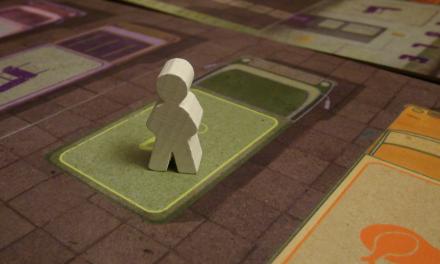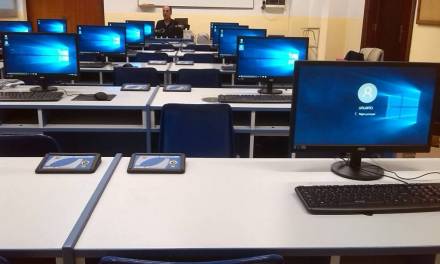Effective classroom management is a cornerstone of successful teaching, and de-escalating situations where students display poor behaviour is crucial. Teachers face a variety of behavioural issues that can disrupt learning and create a challenging classroom environment. Implementing effective de-escalation strategies can help maintain a positive and productive learning space. Here are several strategies that teachers can use to de-escalate such situations.
1. Stay Calm and Composed
The first step in de-escalating any situation is for the teacher to remain calm and composed. Students often mirror the emotions of their teachers. If a teacher reacts with anger or frustration, it can escalate the situation further. Taking deep breaths, speaking in a low and steady tone, and maintaining a composed demeanour can help diffuse tension. Also ensure you walk calmly towards a situation. This calm presence can reassure students and prevent the situation from escalating.
2. Use Non-Confrontational Body Language
Remember the pupil is dysregulated so winning an argument is unlikely! Body language plays a significant role in communication. Teachers should be mindful of their body language to avoid appearing confrontational. Maintaining an open posture, avoiding pointing fingers, and keeping hands relaxed can help create a non-threatening environment. Additionally, maintaining appropriate eye contact shows that the teacher is attentive and respectful, which can help de-escalate the situation.
3. Active Listening
Active listening is a powerful tool in de-escalation. When a student is displaying poor behaviour, it’s often a sign that they are frustrated or upset about something. By actively listening to the student’s concerns, the teacher can understand the root cause of the behaviour. This involves not interrupting, paraphrasing what the student says, and validating their feelings. For instance, saying, “I understand that you’re upset because you feel the homework is too difficult,” shows empathy and can help calm the student.
4. Offer Choices and Solutions
Giving students choices can help them feel empowered and reduce resistance. When students feel they have some control over the situation, they are more likely to cooperate. For example, if a student is refusing to do an assignment, the teacher might say, “Would you like to start with the first question or the second one?” Offering solutions and working with the student to find a compromise can also be effective.
5. Set Clear Expectations and Consequences
Consistency is key in managing classroom behaviour. Setting clear expectations and consequences helps students understand the boundaries and what is expected of them. It’s important to communicate these expectations calmly and assertively. If a student continues to misbehave, remind them of the consequences in a non-threatening manner. For example, “If you continue to disrupt the class, you will need to spend time with me during recess to discuss this.”
6. Provide a Safe Space for Cooling Down
Sometimes, students need a few moments to cool down away from the class. Creating a designated safe space in the classroom where students can go to calm down can be helpful. This area should be quiet and comfortable, equipped with calming activities such as colouring books, stress balls, or soft music. Allowing students to take a break and collect themselves can prevent further escalation.
7. Build Positive Relationships
Building strong, positive relationships with students can prevent behavioural issues from arising in the first place. When students feel respected and valued, they are more likely to respect the teacher and follow classroom rules. Taking the time to get to know students, showing interest in their lives, and providing positive reinforcement for good behaviour can foster a positive classroom environment.
For more information on de-escalation strategies, please click on the following link: Reframing classroom behaviours: What the child is communicating? (griffinot.com). Paul Dix is also an expert in this area. His work ‘When the Adults Change, Everything Changes’ is well worth a read.









